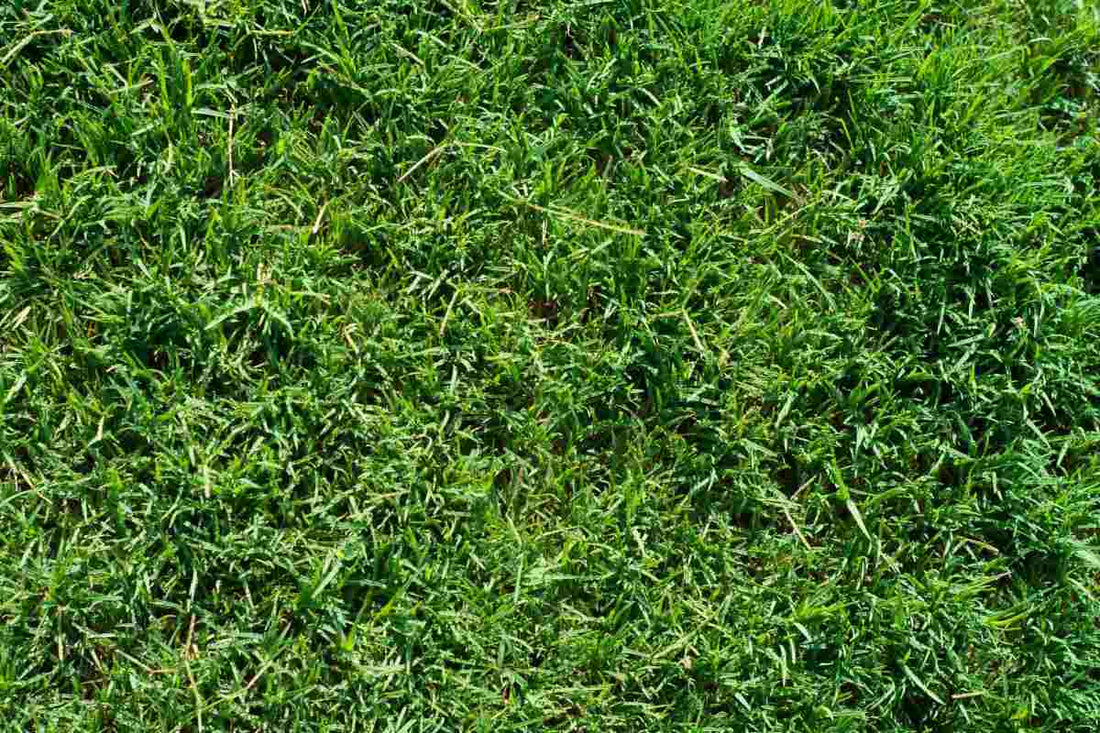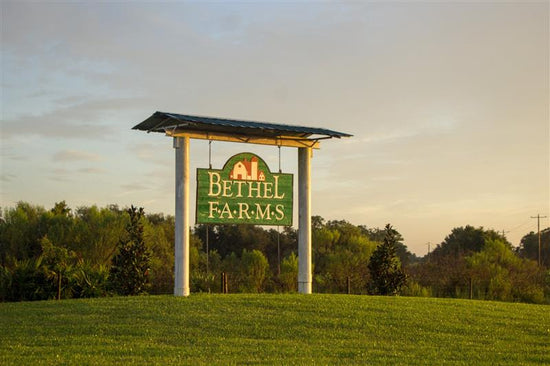
5 Essential Tips to Help Bermudagrass Spread Faster
Jamie Tedder
There are many reasons homeowners are pushing lateral growth in their lawns—to fill in bare spots, refresh a sparse-looking lawn, or simply maintain a uniform, green lawn that is as resilient as it is attractive.
Bermudagrass is a favorite among warm-season grasses due to its fast growth and durability. This grass type spreads with creeping stems that grow above (stolons) and below (rhizomes) the soil surface, enabling it to self-repair and effectively fill in gaps. With its reputation for resilience, bermudagrass is widely used in high-traffic areas such as sports fields and golf courses. Its dense growth and ability to thrive in challenging conditions allows it to withstand heavy foot traffic, extreme heat, and prolonged drought while maintaining a healthy appearance.
How Fast Does Bermudagrass Spread?
Originally brought to the US from regions in Africa and India, bermudagrass has been cultivated over the years into the fine, dense turf types we see today. This grass thrives in warm, temperate climates like Florida, forming a thick carpet capable of withstanding wear and tear. The varieties commonly used today have evolved to perform well under low mowing heights, which makes bermudagrass ideal for golf courses and other sports fields.
With its deep root system, bermudagrass offers excellent drought tolerance, making it suitable for areas that experience prolonged dry spells and water restrictions. Its dense growth habit and tolerance to extreme heat help it survive challenging conditions and quickly bounce back from damage. Overall, bermudagrass is ideal for areas where lawn recovery and resilience are priorities.
What Influences Bermudagrass Spreading Habits
Factors like sunlight, soil quality, and even lawn damage can affect how well and quickly bermudagrass establishes and spreads across your lawn. Creating the ideal growing conditions is key to supporting its lateral growth and long-term health.
Sunlight Requirements: Bermudagrass thrives in full sun and requires ample sunlight to spread quickly. Shaded areas may hinder its growth, as insufficient light can slow down the spread, leaving parts of your lawn sparse. For best results, ensure your bermudagrass receives at least 6-8 hours of sunlight daily.
Soil Quality: Good soil preparation and quality are essential to encouraging bermudagrass spread. Nutrient-rich, well-drained soil helps support root development, pushing growth across the lawn. Aeration is key to reducing compacted soil, allowing roots to penetrate deeper and encouraging the grass to spread. Regular fertilization during the growing season also provides bermudagrass with the necessary nutrients for healthy growth.
Lawn Damage: Several factors can damage your bermudagrass lawn, including heavy foot traffic, drought, and pests. These can inhibit growth and slow the spread. Damaged areas often struggle to recover quickly, leaving bare or thin patches that may need repair. For significant damage, we recommend laying sod over the affected areas to immediately fill bare spots and accelerate the establishment of a new lawn.

5 Tips to Accelerate Bermudagrass Growth
Accelerating bermudagrass growth requires proper maintenance practices and an understanding of its growth habits. Here are some practical tips to encourage a faster lateral spread of bermudagrass.
1. Proper Mowing
Bermudagrass performs best when kept at a height of 1 to 1.5 inches. Due to its fast growth, regular mowing is key—it prevents the grass blades from becoming overgrown and keeps it at the optimal height to stimulate horizontal spread rather than upward growth. This lateral growth helps fill in bare patches more efficiently, resulting in a denser, more uniform lawn. For best results, follow the one-third rule, mowing often enough that you never cut more than one-third of the grass height at a time to avoid unnecessary stress on the grass.
2. Improving Soil Conditions
Healthy soil is the foundation of a thriving lawn, and practices like aeration and dethatching play a key role in maintaining it. Aeration, ideally performed once a year, loosens compacted soil and improves water absorption and airflow around the roots, which encourages growth. Meanwhile, dethatching removes the buildup of dead organic matter, preventing it from blocking nutrients and water from reaching the soil. Overall, these practices keep your soil in excellent condition, supporting a resilient, fast-spreading bermuda lawn.
3. Fertilization
Nutrients in soil deplete over time due to factors like plant uptake, water runoff, and nutrient leaching, making regular fertilization essential for vigorous growth. By replenishing these nutrients, fertilizing helps maintain a dense, healthy lawn. Although optional, a soil test can provide detailed insights into your lawn's nutrient needs, ensuring a balanced application. For warm-season grasses like bermudagrass, fertilizing during the growing season—typically from late spring through summer—sustains the rich color of the grass and supports steady growth across the lawn.
4. Proper Watering
Established bermudagrass lawns generally require about 1-1.5 inches of water per week, ideally divided over one to two watering sessions. This practice encourages deeper root growth, supporting the spread and resilience of your grass. For new sod, however, more frequent watering is necessary until roots establish fully
Deep watering is key, strengthening roots without the risk of shallow growth. Avoid overwatering—excess moisture can lead to pest problems and fungal diseases. Adjust your watering frequency based on the climate and soil type. Although bermudagrass is drought tolerant, supplemental watering during prolonged dry spells can keep it from becoming dormant.
5. Sod Installation
For areas with extensive damage or bare patches that are slow to fill, consider installing bermudagrass sod. Sod installation provides an immediate solution to fill bare areas and gives your lawn a uniform appearance. Unlike grass seed, which takes time to establish, sod instantly covers the soil, encouraging faster spread.

Key Takeaways
With the right approach, you can turn your bermudagrass lawn into a dense, lush, and resilient turf that withstands daily wear and challenging conditions. Bethel Farms is a trusted provider of grass sod for sale, including Bimini Bermudagrass. Recognized as America's Most Resilient Grass, Bimini is extensively used on lawns, golf courses, sports fields, and arenas, due to its heat tolerance, drought resistance, and exceptional durability. This improved variety ensures a healthy, green lawn that stands the test of time.
By following these tips, you'll be on your way to enjoying a fast-spreading Bermuda lawn that thrives all season.

